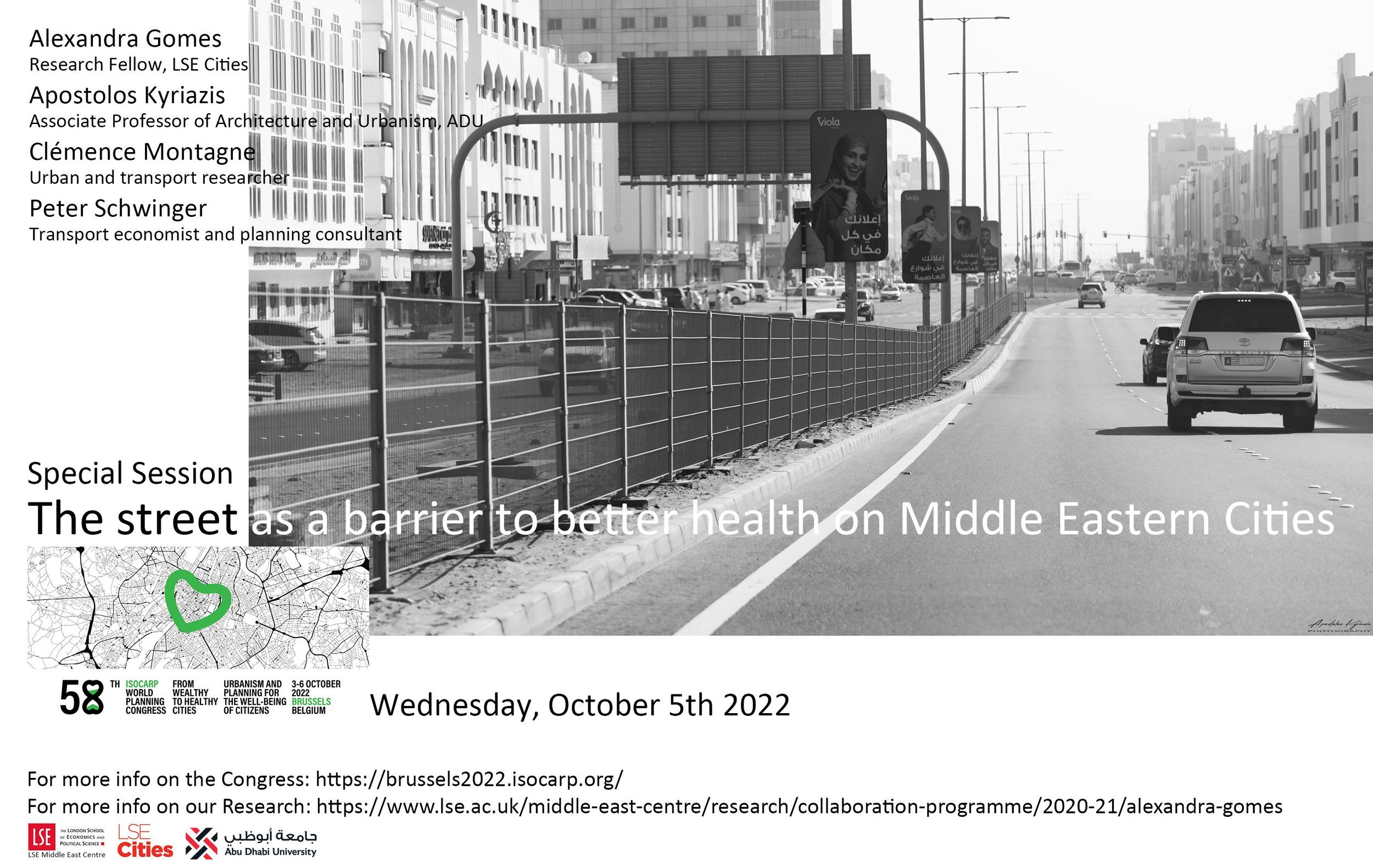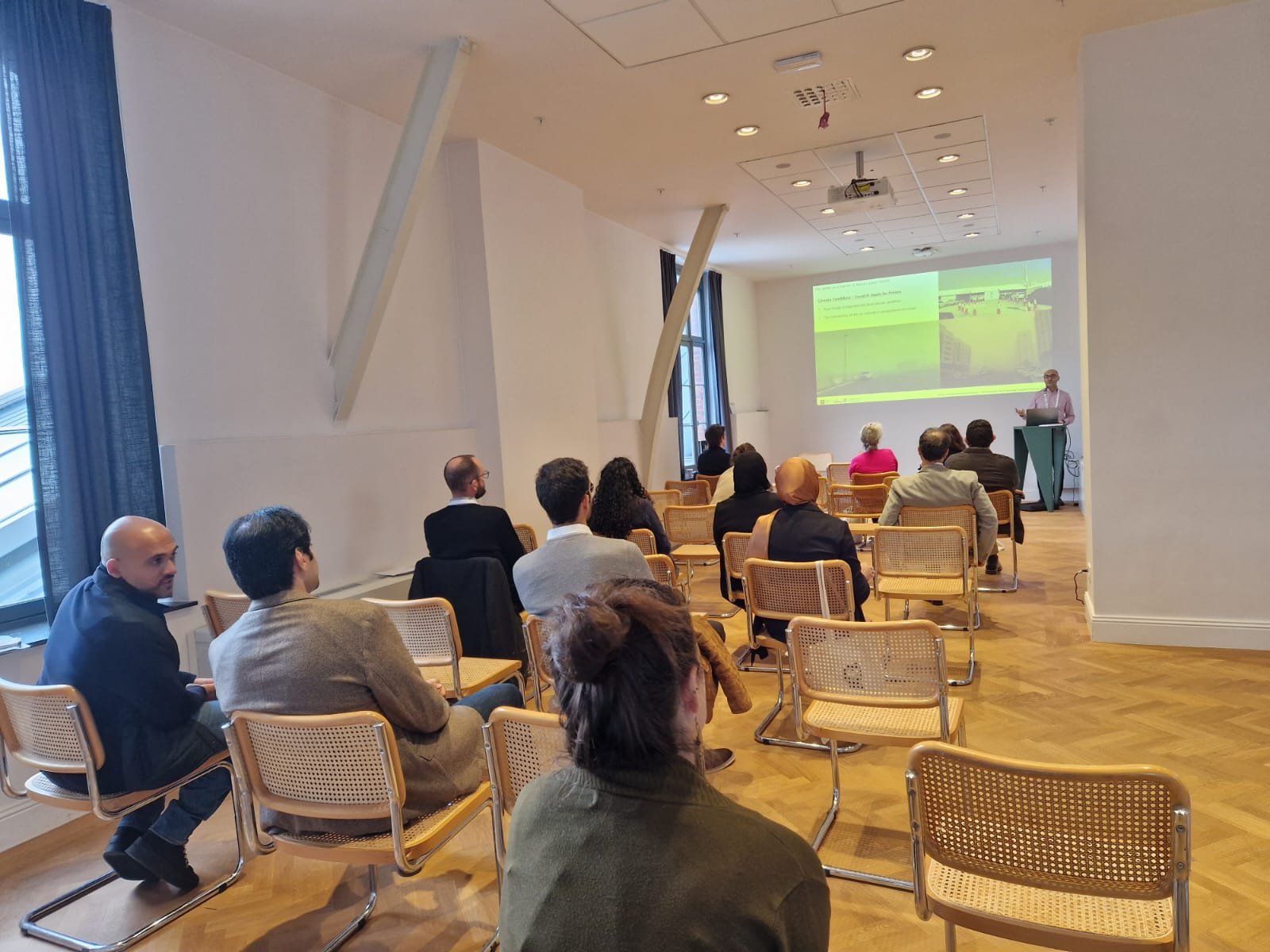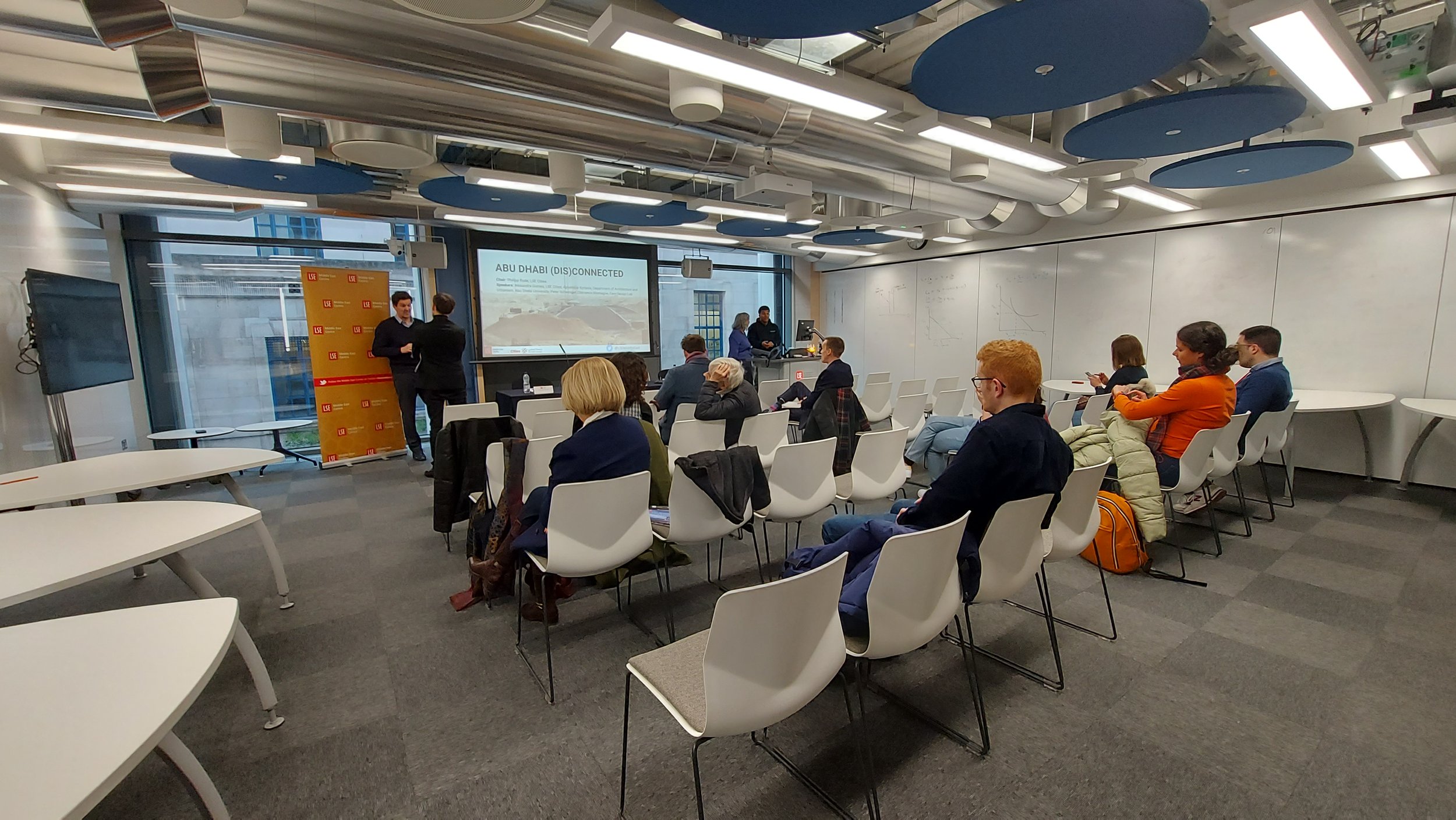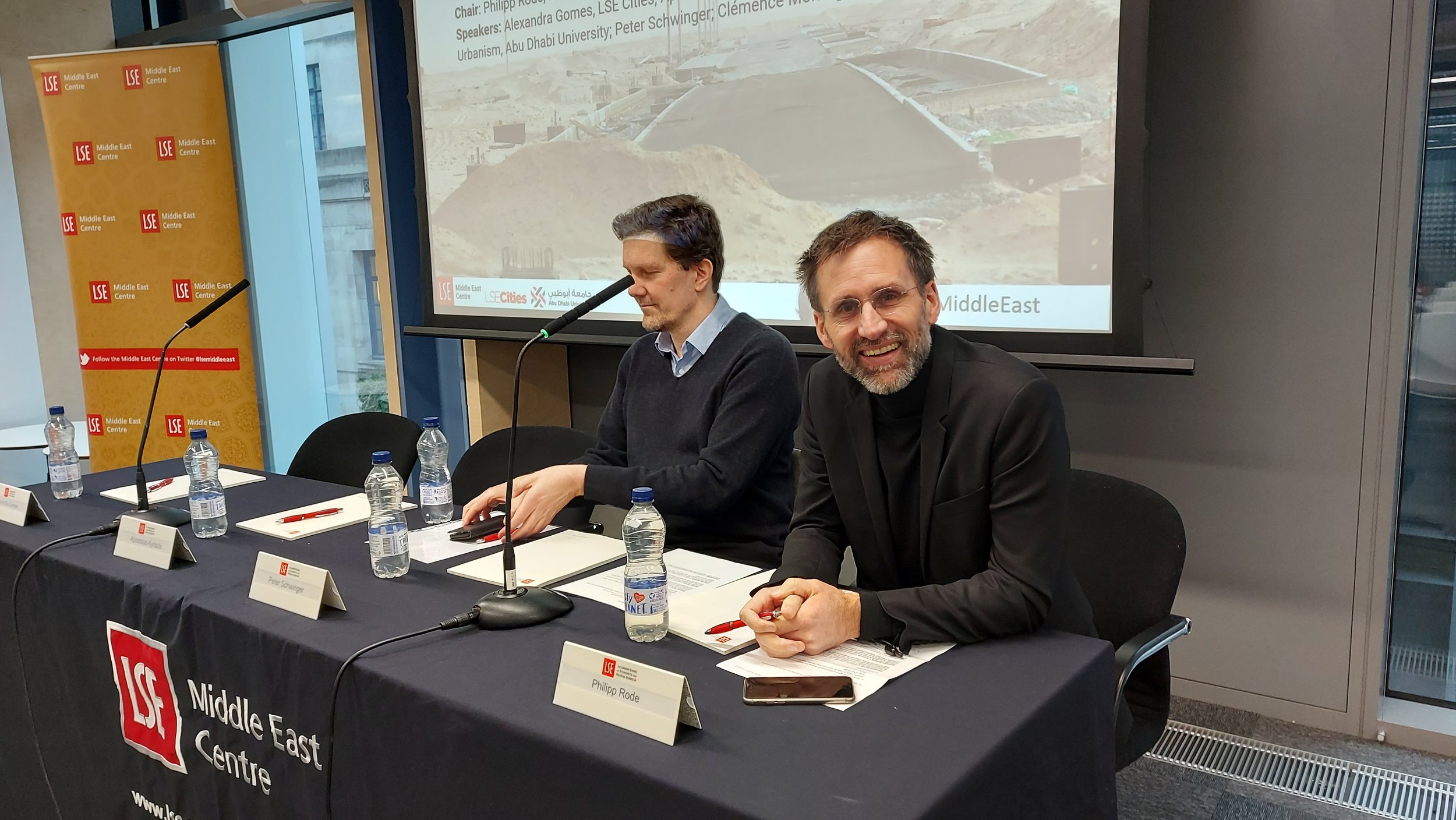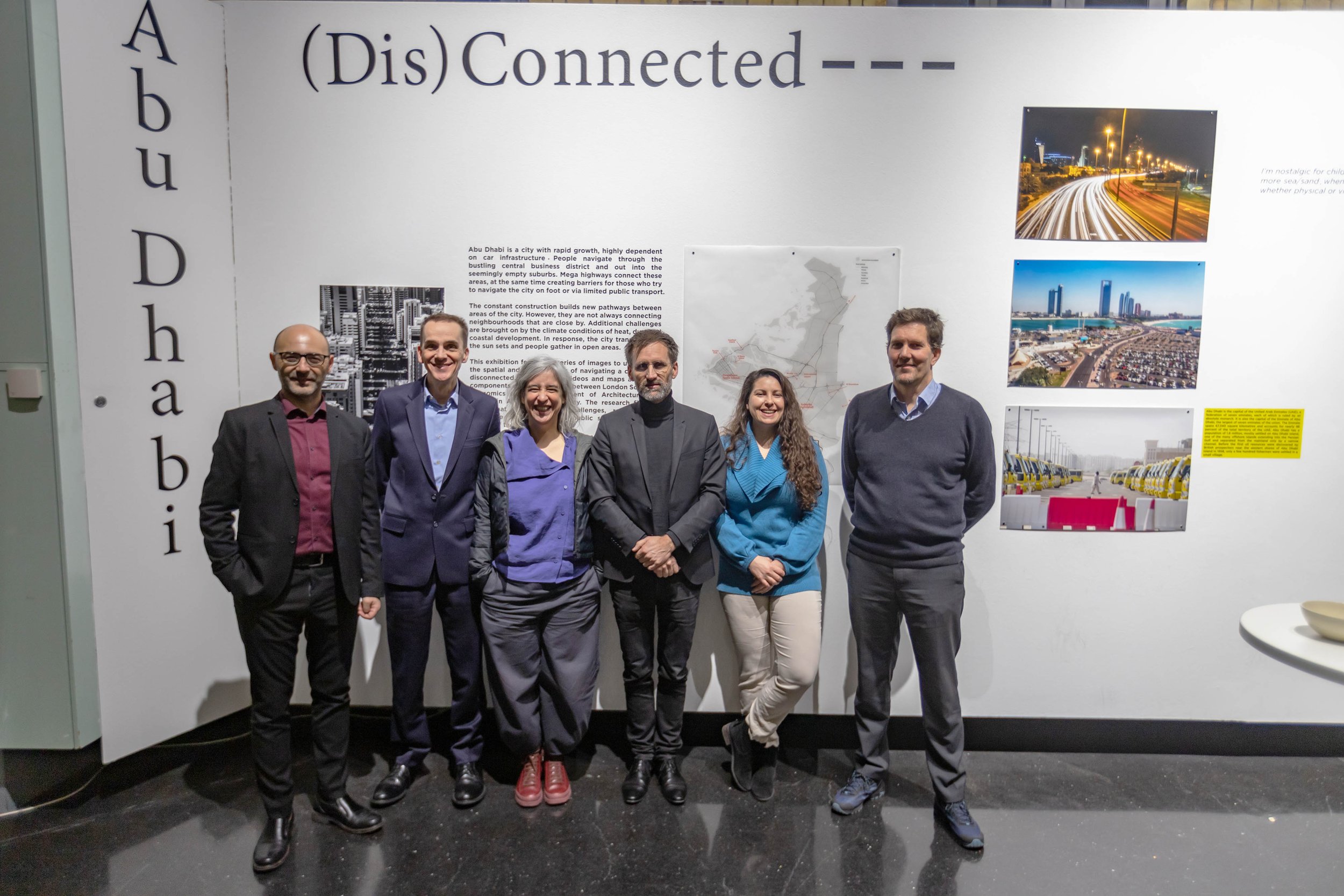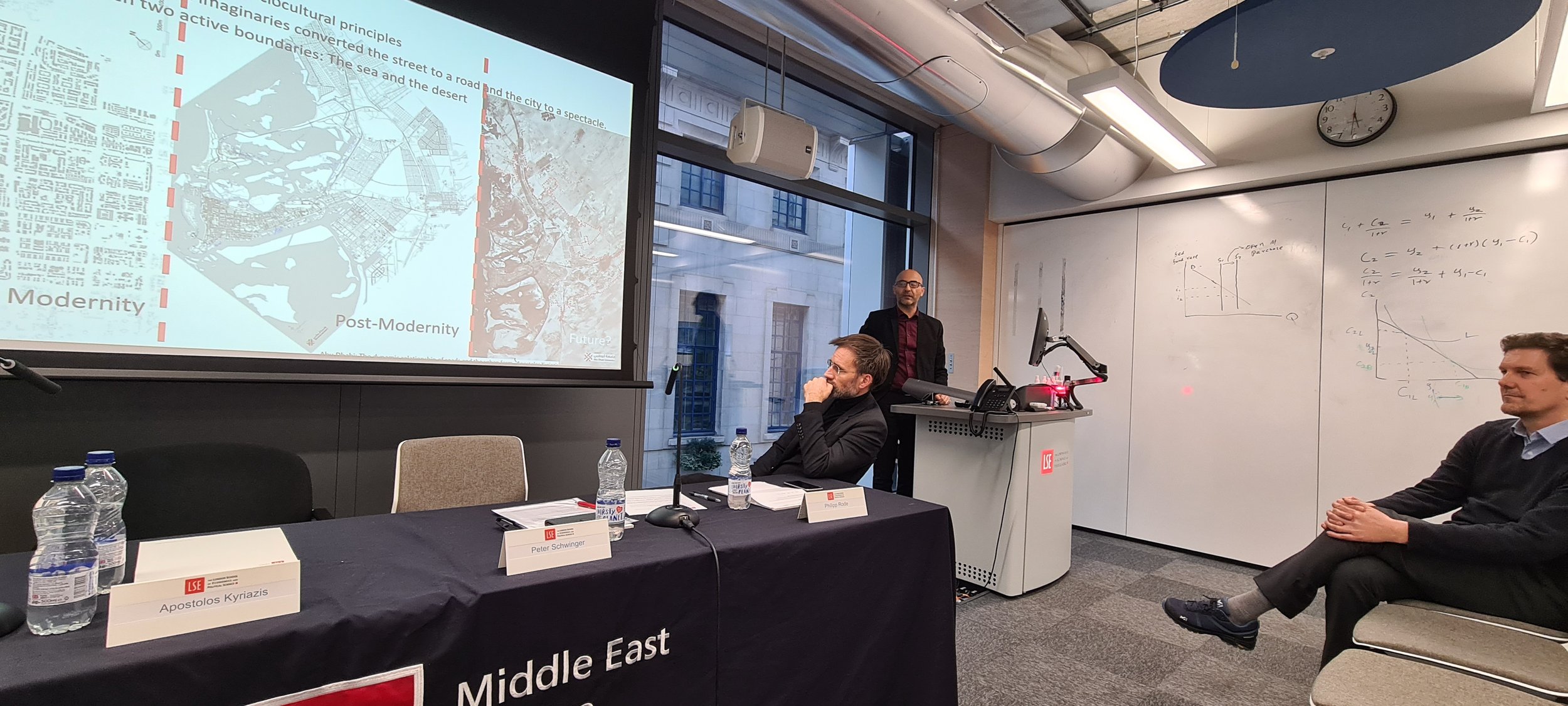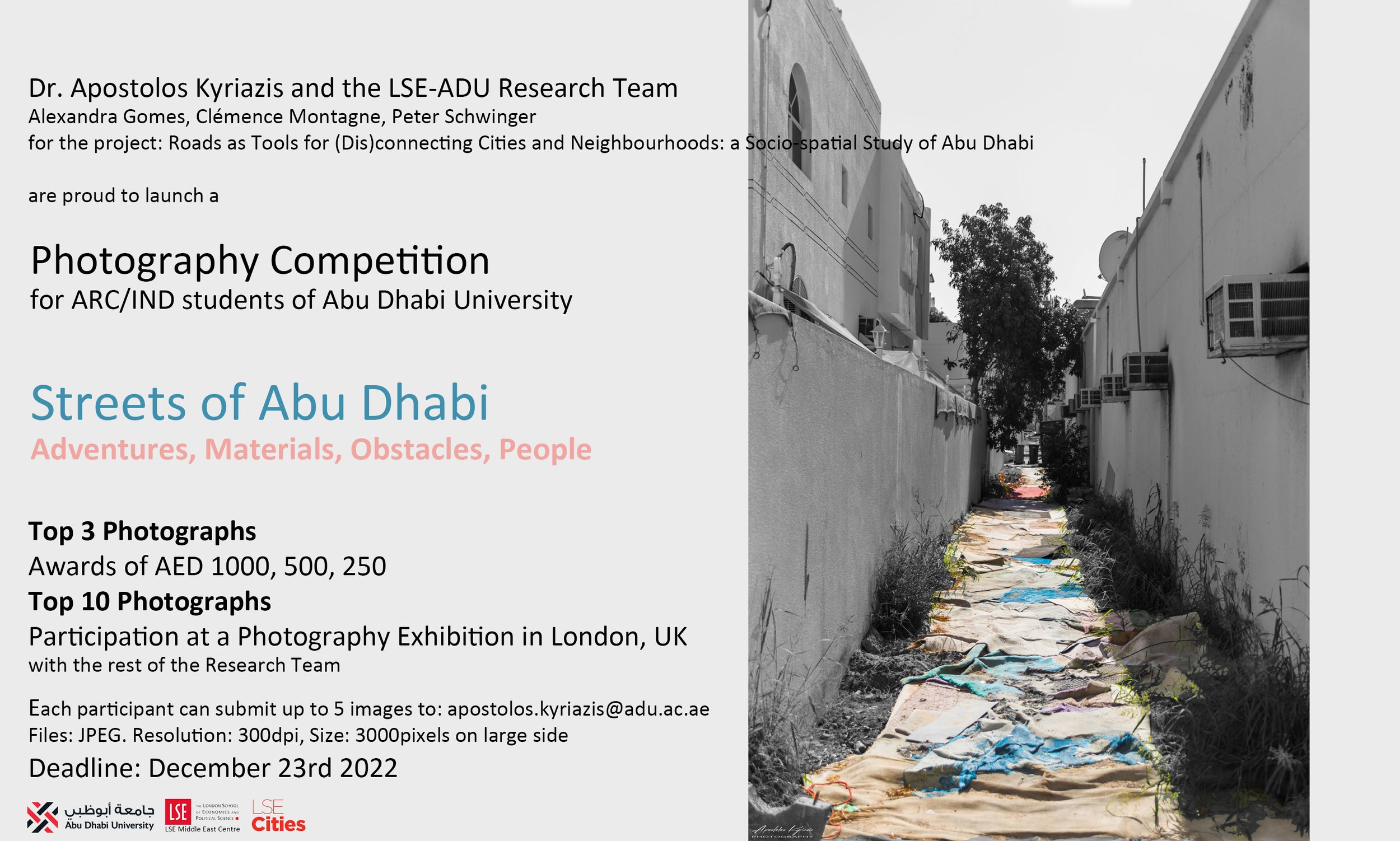LSE-ADU Research Project: Report Publication
This Report is a major milestone. It is the main output (albeit not the last one) of a 2-year Research Project between the LSE Cities and Abu Dhabi University (ADU), entitled: "Roads as tools for (dis)connecting cities and neighborhoods: a sociospatial study of Abu Dhabi”, a Project managed by the LSE Middle East Centre and funded by the Emirates Foundation.
I was honored, privileged and lucky to be part of an amazing team of colleagues, scholars, friends: Alexandra Gomes (LSE-Cities), Clemence Montagne (Nantes Atlantique) and Peter Schwinger. Later, Sepehr Zhand (UCL) was added in the team. Four Architecture students at my Department of Architecture and Design of ADU have contributed as well with vital assistance on field work and mapping: Nour Al Ali, Juman Feras Sebai, Haya Omar Al Baiti and Hiba Hafeez Syed. The case of Abu Dhabi has been functioning as a glue and added motivation, both academically and personally, since most of us have lived (or still do) in the city.
I would like to thank the LSE Middle East Centre for its vital and diverse contribution to our project all along the way. From the open call and the selection, to management, communications, processes, setting up workshops, roundtables and exhibitions, social media advertisement and everything related to enjoying a smooth implementation of a demanding project in unprecedented times (amidst the Covid19 pandemic). For all this, I would like to sincerely thank our two Project Managers, Sandra Sfeir and Kendall Livingston, as well as their Directors, Michael Mason and Robert Lowe. Furthermore, I ought to mention Eiman Shahin (LSE MEC) and Antigoni Boulougari (LSE Arts) for their assistance both during our London exhibition and on collected data management. With regards to the LSE Cities, I would also like to thank its Executive Director, Philipp Rode for his contribution during our London symposium and exhibition on March 2023.
Abu Dhabi University may contrast the LSE in terms of age and global outreach, but it has proven that it can successfully undertake projects of such magnitudes. I would like to personally thank the leadership of ADU, especially the Department of Architecture and Design and the Office of Research, for their tremendous support throughout this journey. In particular, the Chairs of the Department of Architecture and Design Dr. Magdy Ibrahim and Dr. Osama Mohamed, the former Research Office Director – and LSE Alumni – Dr. Philip Hamill, the former ADU Provost Prof. Thomas Glas-Hochstettler and the former ADU Chancellor, Prof. Waqar Ahmad.
This has been the first collaboration between the LSE and ADU, hopefully to become a pilot of similar projects in the future. This project would not take place without the solid and constant support from both institutions. An equally special thanks belongs to the Emirates Foundation for funding this project, on a generous manifestation of support to the building and dissemination of knowledge through academic research to the benefit of the city of Abu Dhabi, the UAE, the Gulf region and the people that live in it.
Although this report is not the end of our journey, it constitutes its principal output. Prior to that, the project was able to produce three blog posts, one roundtable with eight invited scholars, one workshop/roundtable with the participation of representatives from all key authorities and institutions of Abu Dhabi, one special session with five invited presentations (and seven presenters) hosted by ISOCARP (The International Society of City and Regional Planners) at the 58th Global Congress in Brussels, Belgium, and one seminar/exhibition at the LSE in London. I would like to thank all those participants for their multifaceted contribution to our understanding of our topic. A more special thanks belongs to ISOCARP for the selection of our session, their hospitality and flexibility, to Kara Blackmore who tirelessly curated our exhibition at the LSE, providing us with priceless points on aesthetics and material cohesion and production, to Bill Lashbrook of Abu Dhabi Municipality for providing us with a digital mapping background of the city, and to all those who anonymously provided us with their local and institutional knowledge and daily narratives on the fieldwork.
Lastly, I could never skip mentioning my very own family and beloved people that have been coping with our extensive meetings, deadlines and obligations. I cannot thank them enough.
To download or cite our Report, please visit: https://eprints.lse.ac.uk/121109/?_gl=1*inckwz*_ga*MTMwNzMyMDYzOC4xNjM2OTY3MTY0*_ga_LWTEVFESYX*MTcwMzA0OTk2OC4yMS4wLjE3MDMwNDk5NjguNjAuMC4w
For more information on the Project, please visit: https://www.lse.ac.uk/middleeastcentre/research/collaboration-programme/2021-22/alexandra-gomes
For a glimpse at our London Exhibition, please visit: https://abu-dhabi-disconnected.squarespace.com/

